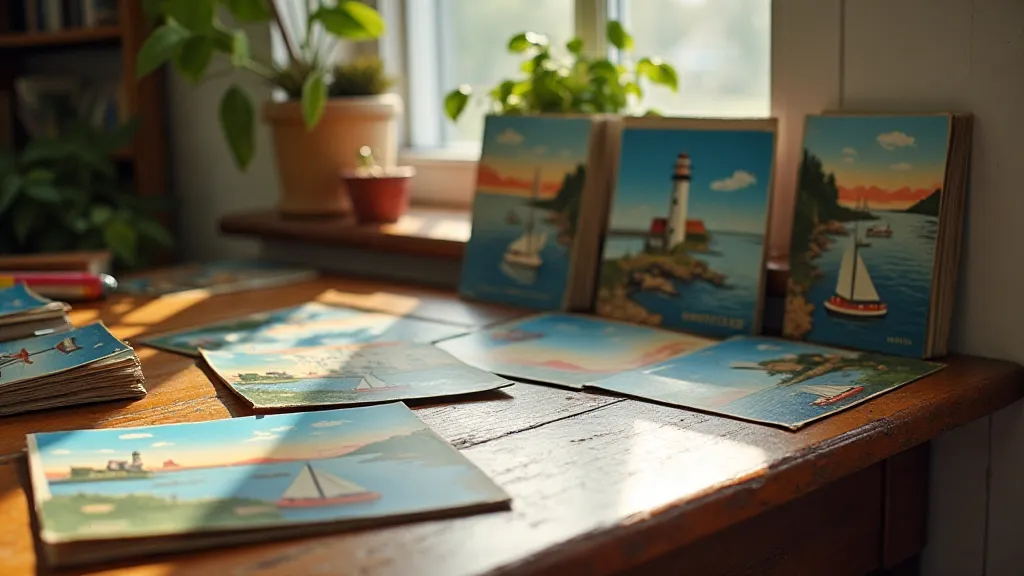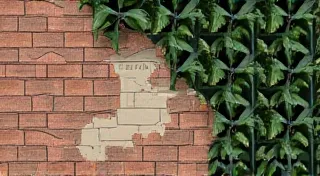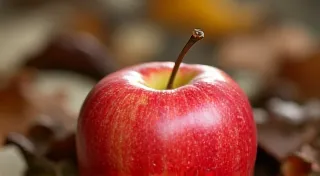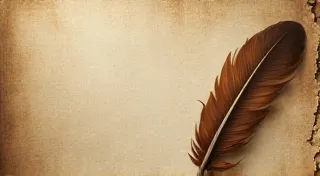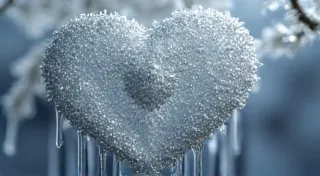Ephemeral Bloom: Maine Postcard Art and the Fleeting Beauty of a Season
The scent of salt air, the cry of a gull, the rustle of leaves in a spruce forest – these are the echoes that linger when you hold a vintage Maine postcard. They’re more than just faded images; they are time capsules, capturing a moment, a feeling, a specific slice of Maine’s history that is often lost to the relentless march of years. My own fascination with these small treasures began unexpectedly, in my grandmother’s attic, amidst a tangle of forgotten photographs and yellowed letters. It was there, tucked inside a dusty shoebox, that I discovered her collection - a silent testament to a life lived steeped in the beauty of the Pine Tree State.
Vintage postcards are inherently ephemeral. They were meant to be sent, read, and perhaps discarded – a fleeting connection between two people, a brief visual message traversing miles. Yet, incredibly, many have survived, offering us a glimpse into a Maine that once was. The world captured within these images isn't necessarily "better" than the present, but it’s distinct, imbued with a sense of a slower pace, a different aesthetic, and a profound connection to the natural world.
The Artistic Trends of a Bygone Era
Maine postcard production peaked in the early 20th century, roughly between 1907 and 1920. This era saw a boom in the printing industry and a corresponding explosion of postcard designs. The art styles reflected the prevailing trends of the time. Early postcards often featured simple, hand-tinted photographs, known as "real photo postcards" or RPPCs. These were actual photographic prints, carefully manipulated and colored by hand. The artistry involved was considerable; a skilled colorist could transform a black and white image into a vibrant, almost painterly scene. As printing technology advanced, chromolithography became increasingly popular, allowing for more complex and vibrant color reproduction. These images often depicted iconic Maine landmarks: Acadia National Park’s granite cliffs, the bustling wharves of Portland, the picturesque villages nestled along the coast.
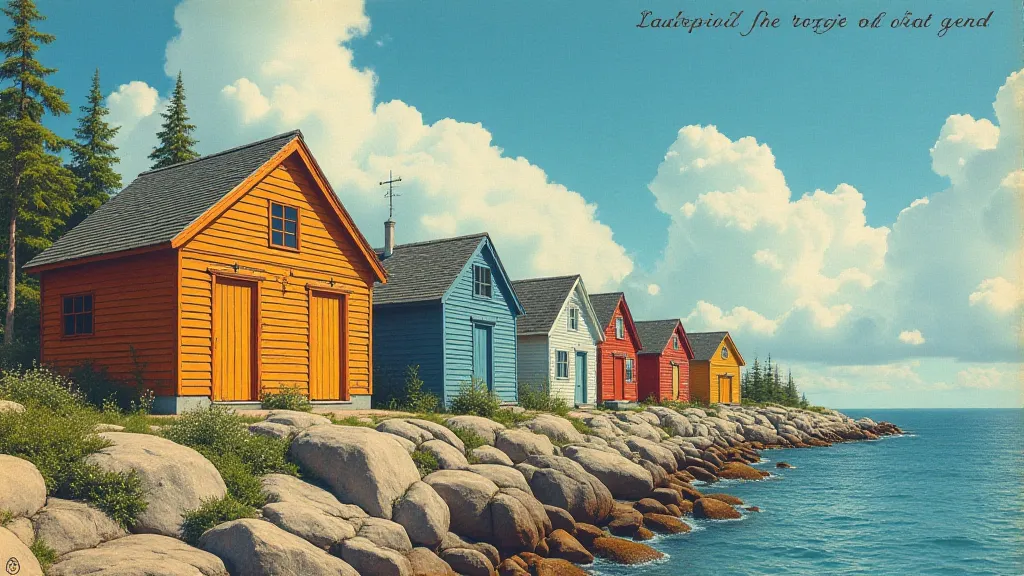
The artistic choices weren’t merely aesthetic. They were often influenced by the intended audience. Postcards sent to tourists emphasized the grandeur of Maine's natural beauty – the towering pines, the crashing waves. Those sent to family and friends back home might depict local scenes, community events, or even portraits of loved ones, offering a comforting reminder of home. You can almost feel the warm sentiment within a postcard showing a local schoolhouse or a bustling town square.
Capturing the Seasonal Dance
What’s truly remarkable about many Maine postcards is how they attempted to capture the fleeting beauty of the seasons. Winter scenes were especially prized, showcasing snow-covered landscapes, frozen harbors, and the stark beauty of the Maine coast under a blanket of white. Spring heralded the bursting forth of wildflowers, the return of migratory birds, and the sense of renewal. Summer was depicted as a time of abundance – overflowing fishing boats, vibrant festivals, and lazy afternoons spent on sandy beaches. Autumn, of course, was perhaps the most celebrated season, with postcards showcasing the fiery hues of the foliage, transforming the forests into a breathtaking tapestry of reds, oranges, and yellows. The cyclical nature of these depictions, the constant return of summer and winter, became a visual language understood across vast distances.
Beyond the picturesque views of orchards heavy with ripe fruit, many postcards documented the realities of Maine's industrial past. While romanticized images of fishing villages abound, there was a deeper story being told—one of hard labor and evolving landscapes. Exploring these images reveals a fascinating glimpse into Maine’s social and economic transformations, a story often eclipsed by the glossy veneer of tourism. To delve deeper into how these postcards reflect Maine's industrial narratives, one might consider the significance of The Mill Town’s Reflection: Postcards as a Mirror to Industrial Maine.
However, time proved a relentless eraser. Many of the specific locations depicted in these postcards have undergone significant changes. Buildings have been demolished, landscapes altered, and entire towns transformed by progress. What once seemed permanent is now just a memory, preserved in a fragile rectangle of cardboard. Think of a postcard showcasing a bustling cannery – a vital part of Maine’s economy for decades – now a vacant lot or a modern condominium complex. The image offers more than just visual information; it serves as a poignant reminder of what has been lost.
Craftsmanship and the Human Touch
Beyond the artistry of the images themselves, the craftsmanship involved in the production of vintage postcards is often overlooked. The postcards themselves were often printed on high-quality card stock, with a smooth, tactile surface that’s quite different from the flimsy paper used today. The printing techniques, though rudimentary by modern standards, involved a level of skill and attention to detail that’s rarely seen in mass-produced items. The fonts used for the addresses and greetings were often carefully chosen to complement the image and convey a specific tone. Even the handwriting on the back – the personal message penned by the sender – adds another layer of meaning and connection to the postcard.
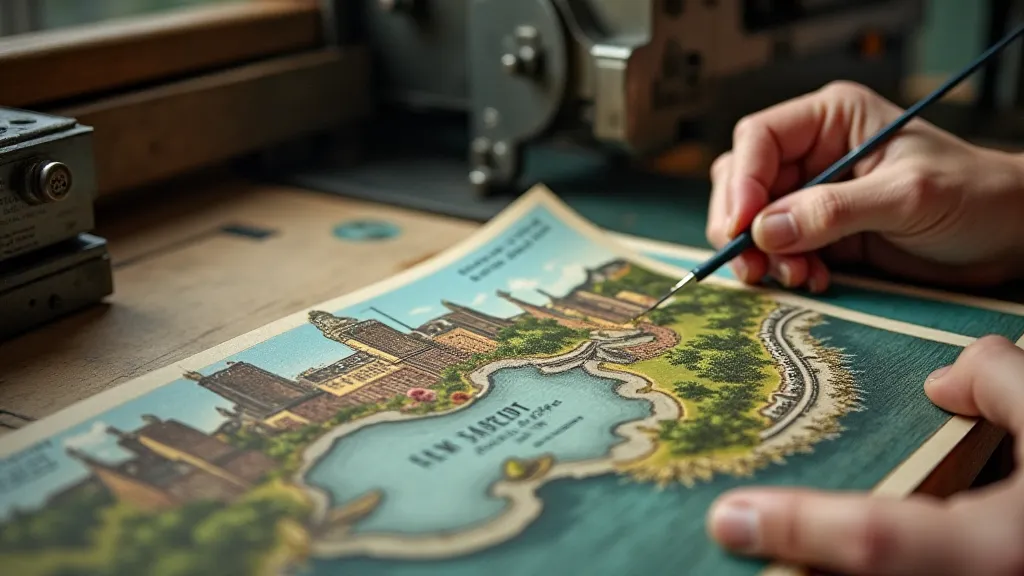
Examining these postcards closely, one often discovers subtle imperfections – slight color variations, smudges, or faded areas – that speak to the human touch involved in their creation. These aren’t flaws; they’ve become cherished details, reminders that each postcard is a unique artifact, imbued with the personality and skill of the individuals who created it. These subtle imperfections only add to their charm and collectability. The effort that went into creating these seemingly simple images is a testament to a different era, where quality and artistry were valued above all else.
Collecting and Preservation
For those drawn to the allure of the past, collecting vintage Maine postcards can be a deeply rewarding hobby. While the market can be competitive, there are countless opportunities to acquire beautiful and historically significant postcards at reasonable prices. The key is to focus on areas that interest you – perhaps specific towns, themes, or artists. Look for postcards in good condition – free from major damage or significant fading. A little research can go a long way; understanding the rarity and historical significance of a postcard can help you make informed purchasing decisions. The preservation of these tangible links to the past becomes a responsibility, a way to honor the lives and experiences of those who came before us.
Preserving these fragile artifacts is equally important. Store your postcards in acid-free sleeves or albums to protect them from damage. Avoid exposing them to direct sunlight or extreme temperatures. Handling them with care is essential – clean hands are a must, and avoid bending or folding the cards. The goal is to ensure that these windows into the past can continue to be enjoyed by future generations. The fragility of these objects underscores the importance of understanding their historical context, appreciating the stories they hold, and carefully guarding them against the ravages of time. The simple act of holding a vintage postcard can transport you back to a different era, a reminder of the power of tangible objects to connect us to the past. It’s almost as if these cards are frozen in time, waiting to tell their stories to those who take the time to listen. To truly understand the depth of this preservation effort, one could consider the nuanced perspective in Frozen in Time: The Postcard as a Temporal Artifact of a Bygone Maine.
Ultimately, vintage Maine postcards are more than just pretty pictures. They are tangible links to a bygone era, offering a glimpse into the lives of those who came before us. They’ve whispered stories across the miles, documented changing landscapes, and captured the fleeting beauty of a season. Holding one in your hand is like holding a memory - a testament to the enduring power of connection and the ephemeral bloom of a moment perfectly preserved.
